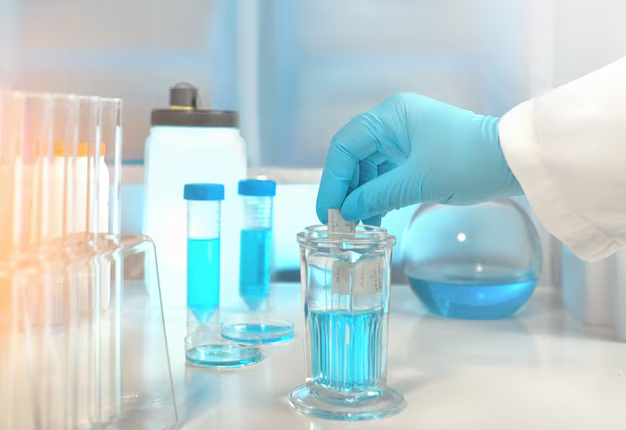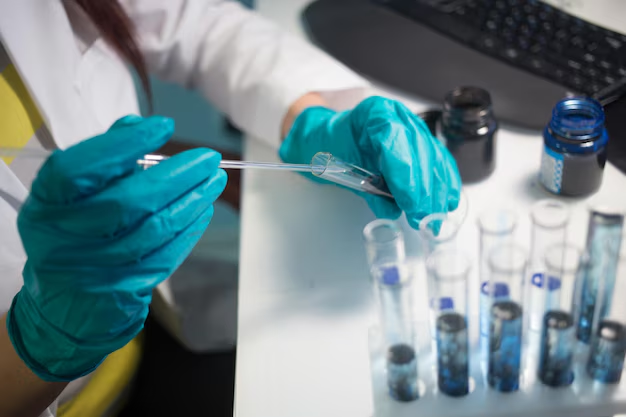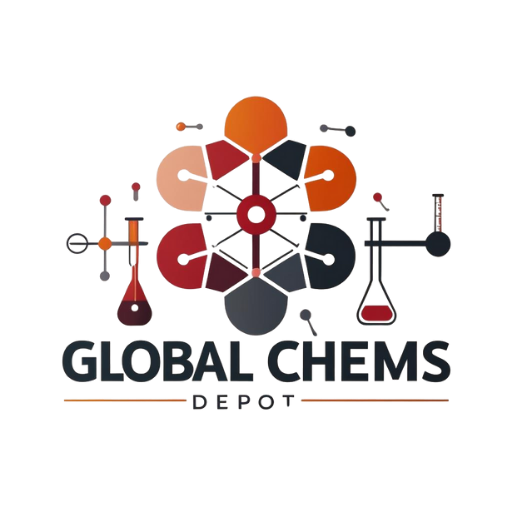Don't miss our holiday offer - up to 50% OFF!
🧪 Understanding Lab-Grade Purity and Why It Matters

Introduction
In the world of scientific research, precision is everything — and that begins with the purity of your chemicals. Whether you’re working in pharmacology, toxicology, or analytical chemistry, using high-purity research chemicals with verified purity is critical to obtaining accurate, reliable, and reproducible results.
In this blog post, we’ll explore what lab-grade purity means, how it’s measured, and why it matters for both scientific integrity and safety.
✅ What Is Lab-Grade Purity?
Lab-grade purity refers to the percentage of a chemical compound that is the intended substance, with minimal presence of impurities or contaminants. It’s often labeled as:
- 98% purity
- 99.5% pure
- Analytical grade, reagent grade, or ACS grade
This level of purity ensures that the chemical behaves consistently and predictably in experiments, minimizing the chance of interference or skewed data.
📌 Example: A compound with 98% purity has 2% of unintended substances — which could affect sensitive biochemical tests or pharmaceutical modeling.

🧪 Why Lab-Grade Purity Matters in Research
Here are the top reasons why purity is essential in scientific work:
1. Accuracy of Results
Impurities can introduce unexpected variables into your experiment, leading to inaccurate results and unreliable conclusions.
2. Reproducibility
Other researchers should be able to repeat your work. Purity ensures standardization, which is the cornerstone of credible research.
3. Safety
Some impurities may be toxic, reactive, or unstable. Using high-purity chemicals reduces the risk of unintended reactions or lab hazards.
4. Regulatory Compliance
If your research is subject to regulatory approval, purity must be documented and traceable. Agencies like the FDA or EMA expect transparent chemical sourcing and data.
🔬 How Is Chemical Purity Measured?
Lab-grade chemicals are usually accompanied by:
- A Certificate of Analysis (COA)
- A Safety Data Sheet (SDS)
- Third-party analytical reports
Common methods of purity testing include:
- HPLC (High-Performance Liquid Chromatography)
- NMR (Nuclear Magnetic Resonance)
- Mass Spectrometry
- Melting Point Analysis
💡 Always request and review the COA when purchasing from a supplier.

📦 How to Choose High-Purity Research Chemicals
When sourcing lab-grade chemicals:
- Buy from verified, compliant suppliers
- Ensure documentation is provided (COA, SDS, batch info)
- Look for purity grades appropriate to your research needs (e.g., 99%+ for pharmacological testing)
Avoid sellers who:
- Don’t disclose purity levels
- Can’t provide documentation
- Market chemicals for non-research purposes
⚠️ Common Mistakes to Avoid
- Assuming all chemicals labeled “pure” are lab-grade
- Overlooking the 1–2% of impurities that could interfere with sensitive results
- Failing to match the purity level with the type of research being conducted
🧠 Conclusion
In scientific research, every percentage point of purity matters. Using lab-grade chemicals with verified purity isn’t just a technical preference — it’s a scientific responsibility. By ensuring your compounds are accurately labeled, tested, and sourced, you protect the integrity of your research and contribute meaningfully to the global scientific community.
📌 Looking for lab-tested, high-purity research chemicals?
👉 Browse Our Verified Catalog or Contact Us for COAs & Documentation
